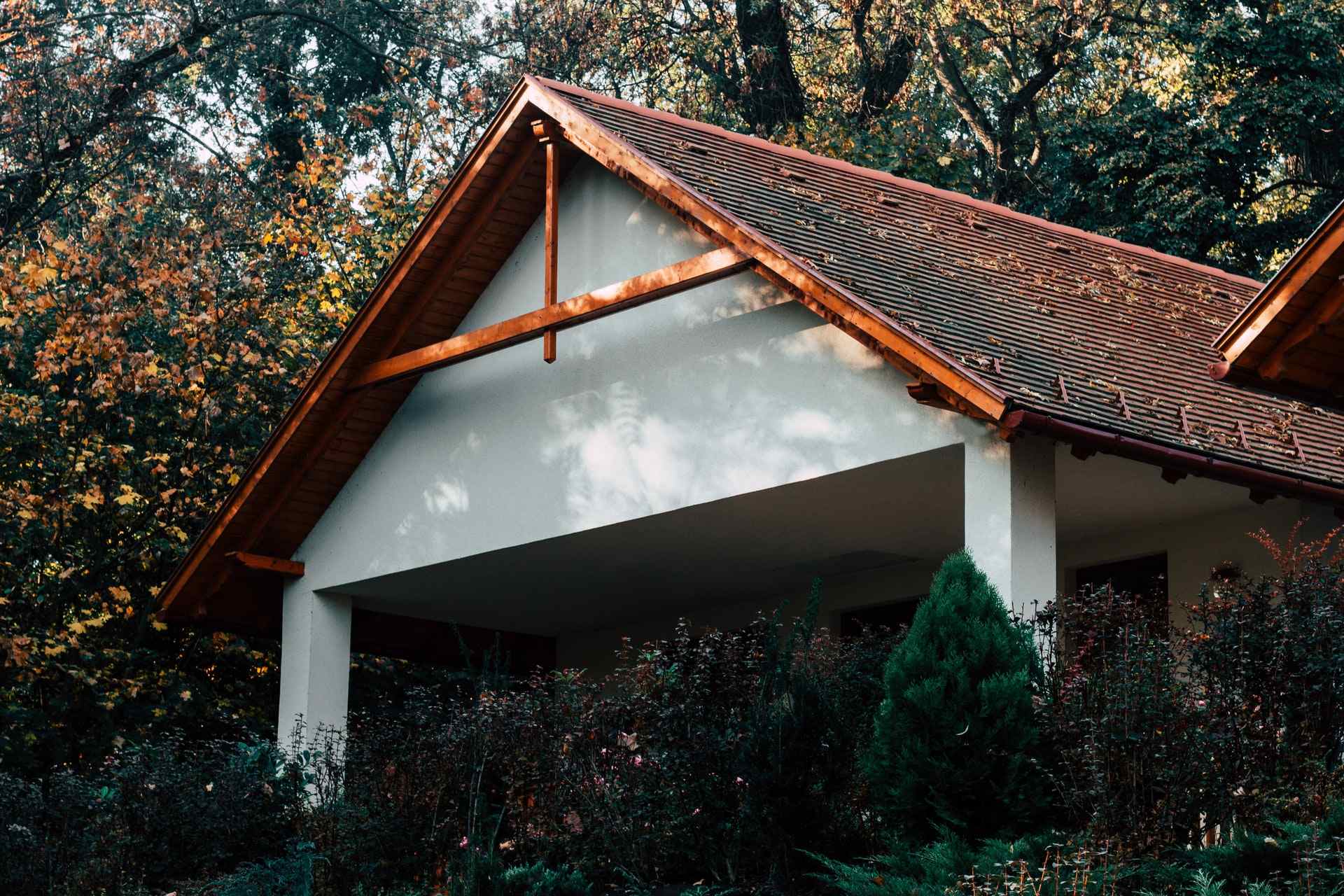

Articles
How To Extend A Roof Overhang
Modified: January 9, 2024
Learn how to extend a roof overhang with our informative articles. Increase the protection and aesthetic appeal of your home with these expert tips and advice.
(Many of the links in this article redirect to a specific reviewed product. Your purchase of these products through affiliate links helps to generate commission for Storables.com, at no extra cost. Learn more)
Introduction
Roof overhangs are an important architectural feature of any building. Not only do they add aesthetic appeal, but they also serve a functional purpose by providing shade, protection from the elements, and structural support. However, there are instances when the existing roof overhang is not sufficient for the homeowner’s needs or preferences. In such cases, extending the roof overhang becomes a viable solution.
Extending a roof overhang involves increasing the length of the roof beyond its original design, which can bring several benefits to the homeowners. Whether it’s for enhancing the outdoor living space, protecting the exterior walls from moisture and sun damage, or simply improving the overall appearance of the house, extending a roof overhang can significantly enhance the functionality and appeal of a home.
However, extending a roof overhang is not a decision to be taken lightly. It requires careful consideration of various factors, including structural integrity, building permits, and design aesthetics. In this article, we will explore the benefits of extending a roof overhang, the factors to consider before embarking on such a project, as well as a step-by-step guide to help you successfully extend a roof overhang.
So, if you’re looking to make a change to your roof’s overhang and transform your home’s exterior, get ready to learn everything you need to know about extending a roof overhang!
Key Takeaways:
- Extending a roof overhang offers benefits such as increased protection, expanded outdoor living space, improved energy efficiency, enhanced curb appeal, and better water management. However, careful planning, structural assessment, and compliance with building codes are crucial for a successful project.
- Maintenance and upkeep of the extended roof overhang are essential for its longevity and functionality. Regular cleaning, inspection for damage and leaks, gutter maintenance, and addressing pest control are key tasks to ensure the extended overhang’s optimal performance.
Read more: What Is A Roof Overhang Called
Understanding Roof Overhangs
Before diving into the process of extending a roof overhang, it’s essential to have a solid understanding of what a roof overhang is and its purpose in architectural design.
A roof overhang, also known as eaves, is the part of the roof that extends beyond the exterior walls of a building. It creates a shaded area beneath the roof and serves multiple functions, both practical and aesthetic.
One of the primary purposes of a roof overhang is to provide protection from the elements. By extending the roof beyond the walls, it acts as a barrier, preventing water from directly hitting the exterior surfaces of the building, including doors and windows. This helps to minimize water damage, reduce the risk of leaks, and protect the structure from moisture-related issues.
Another important function of a roof overhang is to provide shade. In regions with hot climates, the overhang helps to block the harsh sunlight from entering the windows and heating up the interior of the building. This results in a more comfortable living environment and can also contribute to energy efficiency by reducing the need for excessive air conditioning.
Additionally, a roof overhang can enhance the aesthetic appeal of a building. It adds depth and dimension to the roofline and can be used to complement the architectural style of the house. A well-designed roof overhang can give a house a more balanced and visually appealing look.
It’s worth noting that the size and design of roof overhangs can vary based on several factors, including the climate, architectural style, and individual preferences. In regions with heavy rainfall, for example, larger overhangs may be necessary to provide adequate protection from water runoff. In contrast, in arid or windy areas, smaller overhangs may be favored to allow for more natural ventilation.
Now that we have a better understanding of roof overhangs, let’s explore the numerous benefits of extending them.
Benefits of Extending a Roof Overhang
Extending a roof overhang can bring a host of benefits to homeowners. Here are some of the key advantages:
- Increased protection: One of the primary benefits of extending a roof overhang is the enhanced protection it provides to the building. By extending the roof beyond the walls, you create a larger shaded area, shielding the exterior surfaces from rain, snow, and harsh sunlight. This added protection helps to prevent water damage, minimize the risk of leaks, and protect the structure from moisture-related issues.
- Expanded outdoor living space: A larger roof overhang creates a covered area that can be utilized as additional outdoor living space. Whether you want a cozy patio, a shaded seating area, or a place to hang string lights and enjoy outdoor gatherings, extending the roof overhang can provide you with the perfect space to relax and entertain.
- Improved energy efficiency: By extending the roof overhang, you can reduce the amount of direct sunlight entering the windows and heating up your home, especially during the hot summer months. This can help to lower your cooling costs as you rely less on air conditioning to maintain a comfortable indoor temperature. Additionally, a well-designed roof overhang can provide natural shading for windows, reducing the need for excessive curtains or blinds.
- Enhanced curb appeal: Extending a roof overhang can significantly enhance the aesthetic appeal of your home. It can add depth and dimension to the roofline, giving your house a more visually appealing and balanced look. Moreover, you have the opportunity to choose a roof overhang design that complements the architectural style of your home, further enhancing its overall curb appeal.
- Protection for doors and windows: A larger roof overhang provides increased protection for your doors and windows. By keeping them shaded and shielded from the elements, you can extend the life of your exterior doors and windows, reducing maintenance and replacement costs over time.
- Water management: Extending the roof overhang can help with better water management. It diverts water away from the foundation and prevents excess water from pooling too close to the exterior walls. This is particularly beneficial for areas prone to heavy rainfall or areas with poor drainage systems.
With these benefits in mind, it’s important to consider various factors before deciding to extend a roof overhang. We will explore these factors in the next section.
Factors to Consider Before Extending a Roof Overhang
Extending a roof overhang is a significant alteration to the structure of your home, and it’s crucial to consider various factors before undertaking this project. Here are some important considerations:
- Structural Integrity: Before extending a roof overhang, it’s important to assess the structural integrity of your existing roof. You need to ensure that your roof can handle the additional weight and stress of the extended overhang. Consulting with a structural engineer or a professional roofing contractor is recommended to assess the feasibility and make any necessary modifications.
- Building Codes and Permits: Check with your local building department to determine if there are any building codes or regulations regarding extending roof overhangs. Depending on the location and the extent of the project, you may need to obtain the appropriate permits before proceeding. Failure to comply with these regulations can lead to fines and legal complications.
- Budget: Consider your budget for the project, including the cost of materials, labor, and any necessary professional consultations. It’s advisable to get multiple quotes from reputable contractors to ensure you have a realistic estimate of the expenses involved.
- Aesthetics: Think about the overall aesthetics and design of your home. Extending a roof overhang should be done in a way that complements the existing architecture. Consider the materials and colors that will best match your home’s style and appearance.
- Climate and Environment: Take into account the climate and environmental conditions in your area. Consider factors such as prevailing winds, sun exposure, and rainfall patterns. These factors will help determine the size and design of the extended roof overhang to maximize its functionality and effectiveness in protecting your home.
- Functional Requirements: Consider your specific needs and what you hope to achieve by extending the roof overhang. Do you want more outdoor living space, enhanced protection, or improved energy efficiency? Clearly define your goals to ensure that the design and size of the extended overhang will meet your requirements.
By carefully considering these factors, you can make informed decisions and ensure a successful roof overhang extension project that meets your needs and aligns with your budget and design preferences. In the next section, we will provide a step-by-step guide to help you through the process of extending a roof overhang.
Step-by-Step Guide to Extending a Roof Overhang
Extending a roof overhang can be a complex project, but with careful planning and the right approach, you can successfully complete the process. Follow this step-by-step guide to help you navigate through the project:
- Evaluate your existing roof: Begin by assessing the condition of your current roof and overhang. Look for any signs of damage, deterioration, or structural issues. It’s essential to address any necessary repairs or modifications before proceeding with the extension.
- Design and planning: Determine the desired size and design of the extended overhang. Consider factors such as the functional requirements, aesthetic appeal, and compatibility with your home’s architecture. Sketch out the design and consult with an architect or contractor to ensure feasibility and compliance with building codes and regulations.
- Obtain necessary permits: Check with your local building department to obtain any required permits for the roof overhang extension. Provide them with the necessary documentation, including your design plans, to ensure compliance with local regulations.
- Prepare the area: Clear the area around the existing roof overhang and ensure a safe and clean work environment. Remove any obstructions or debris that may hinder the construction process.
- Support structure: Assess the existing support structure of the roof. Depending on the design and size of the extended overhang, additional support beams or trusses may be required. Consult with a structural engineer to determine the necessary modifications and reinforcements.
- Frame and build the overhang: Begin by framing the extended overhang using appropriate materials and techniques. Install the necessary support beams, rafters, and joists according to your design plans. Ensure that everything is securely fastened and structurally sound.
- Roofing and waterproofing: Once the framework is complete, install the roofing materials over the extended overhang. Ensure proper flashing and waterproofing measures are taken to prevent leaks and water damage. Consult with a professional roofer if needed.
- Finish and trim: Complete the finish work by adding any necessary trim, fascia, or soffit to the extended overhang. Pay attention to detail and ensure that everything is aesthetically pleasing and aligned with your design plans.
- Inspection and final touches: Once the construction is complete, schedule a final inspection with your local building department to ensure compliance with building codes and regulations. Make any necessary adjustments or corrections as directed by the inspector. Finally, perform any desired finishing touches, such as painting or staining, to complete the appearance of the extended roof overhang.
Remember, it’s crucial to consult with professionals, such as architects, contractors, or structural engineers, throughout this process to ensure the durability, safety, and compliance of your roof overhang extension. By following these steps diligently and considering the previous factors discussed, you can successfully extend your roof overhang and enjoy the benefits it brings.
Read more: How To Build A Shed Roof Overhang
Required Tools and Materials
When undertaking the project of extending a roof overhang, it’s important to have the right tools and materials to ensure a smooth and successful construction process. Here is a list of some common tools and materials you may need:
Tools:
- Safety equipment (hard hat, gloves, safety glasses, etc.)
- Tape measure
- Level
- Hammer
- Chalk line
- Saw (Circular saw or miter saw)
- Screwdrivers
- Nail gun
- Roofing nailer
- Roofing tools (roofing knife, shingle remover, etc.)
- Ladder or scaffolding
- Drill
- Extension cords
- Paint brushes or rollers
- Trimming tools (hand saw or miter saw)
- Roofing materials and accessory installation tools
Materials:
- Wood or metal beams
- Roofing materials (shingles, tiles, metal roofing, etc.)
- Waterproofing membranes or underlayment
- Roofing nails or screws
- Flashing
- Fascia and soffit materials
- Insulation (if necessary)
- Paint or stain (for finishing touches)
- Trim and molding materials
- Hardware and fasteners
- Weather-resistant sealants and adhesives
- Building permits (if required)
It’s important to note that the specific tools and materials you will need may vary depending on the scope and design of your roof overhang extension. Consult with professionals or refer to your design plans to ensure that you have all the necessary tools and materials before starting the project.
Additionally, always prioritize safety when using tools and equipment, and follow manufacturers’ instructions and guidelines. If you are not confident in your ability to use certain tools, consider hiring professionals for those specific tasks to ensure the quality and safety of the project.
By having the right tools and materials at your disposal, you will be well-prepared to tackle the roof overhang extension project and achieve satisfactory results.
Safety Precautions
Extending a roof overhang involves working at heights and using various tools and equipment. It is crucial to prioritize safety throughout the construction process. Here are some important safety precautions to consider:
- Wear appropriate safety gear: Always wear the necessary safety gear, including a hard hat, gloves, safety glasses, and slip-resistant footwear. This will help protect you from potential hazards and reduce the risk of injury.
- Use proper ladder or scaffolding: When working at heights, use a sturdy ladder or scaffolding that is appropriate for the task at hand. Ensure that it is secure, set up on stable ground, and inspected for any defects before use. Never overreach or stand on the top rungs of a ladder.
- Keep a clean and organized work area: Maintain a clean and organized work area to minimize the risk of trips and falls. Remove any debris or tools from the walkways and secure loose materials or equipment that may pose a hazard.
- Follow safe work practices: Adhere to safe work practices, such as using proper lifting techniques, avoiding overexertion, and taking regular breaks. Pace yourself and do not rush through the project, as this can increase the likelihood of accidents.
- Exercise caution with tools and equipment: Operate tools and equipment according to the manufacturer’s instructions. Use them only for their intended purposes and ensure they are in good working condition. When not in use, store tools safely and out of reach of children.
- Be aware of electrical hazards: If using power tools or electrical equipment, ensure that all wiring is properly grounded and that there are no exposed wires. Avoid working near power lines and use extension cords that are appropriate for outdoor use.
- Avoid working in adverse weather conditions: Do not work on the roof overhang extension during inclement weather, as it can increase the risk of slipping, falling, or being struck by objects. Wait for favorable weather conditions before proceeding with outdoor construction tasks.
- Seek professional assistance if needed: If you are unsure or uncomfortable with any aspects of the project, it is best to seek professional assistance. Roofing and construction tasks can be dangerous, and hiring experienced contractors can ensure the safety and quality of the project.
- Inspect the work area regularly: Regularly inspect the work area for potential hazards and address them promptly. Check for loose or damaged materials, unstable structures, and any changes in safety conditions that may arise during the construction process.
- Follow local building codes and regulations: Ensure that your roof overhang extension complies with local building codes and regulations. This will help ensure that the construction is done safely and meets the required standards.
Remember, safety should always be your top priority when working on any construction project. By taking proper precautions and adhering to safety guidelines, you can reduce the risk of accidents and injuries, allowing for a successful and trouble-free roof overhang extension.
Consider using metal brackets or braces to extend the roof overhang. These can provide additional support and stability to the overhang, ensuring it can withstand various weather conditions.
Read more: How To Extend Porch Roof
Building Permits and Regulations
Before embarking on a roof overhang extension project, it is crucial to understand and comply with the building permits and regulations that may apply to your area. Building permits are typically required for structural modifications or additions to a property. Here are some key points to consider:
- Research local requirements: Contact your local building department or planning office to inquire about the specific permits and regulations that apply to roof overhang extensions in your area. They will provide you with the necessary information and guidance to ensure compliance.
- Permit application process: Obtain the necessary permit application forms and review the requirements. Fill out the forms accurately and provide any required documentation, such as design plans, construction drawings, and engineering reports. Pay the applicable fees associated with the permit application.
- Plan approval: Submit your permit application to the building department for review. The department will examine your plans and ensure they comply with local building codes, zoning requirements, and safety standards. This process may involve a thorough review, revisions, or clarifications before approval.
- Inspections: As construction progresses, inspections may be required at various stages of the project. These inspections ensure that the work is in compliance with the approved plans and building codes. Typical inspection points include structural elements, roofing, electrical, and plumbing installations.
- Code compliance: Building codes exist to ensure that structures are safe, secure, and meet certain quality standards. These codes address various aspects, such as structural stability, fire safety, energy efficiency, and accessibility. It is essential to adhere to these codes throughout the construction process to obtain a final certificate of occupancy.
- Consult professionals: If you are unfamiliar with the permit application process or are unsure about code compliance, consult with professionals such as architects, contractors, or permitting specialists. They can guide you through the process and help ensure that your roof overhang extension meets all necessary requirements.
- Penalties for non-compliance: Non-compliance with building permits and regulations can result in fines, stop-work orders, and potential legal consequences. It is important to obtain the required permits and follow the necessary procedures to avoid costly setbacks and complications.
- Keep records: Maintain a record of all permits, approvals, and inspection reports associated with your roof overhang extension. These documents may be required for future reference, property sales, or insurance purposes.
Remember, building permits and regulations vary depending on your location. Familiarize yourself with the specific requirements in your area and ensure compliance to proceed with your roof overhang extension project legally and safely.
Common Challenges and How to Overcome Them
Extending a roof overhang can present some challenges along the way. Being aware of these challenges and knowing how to overcome them will help ensure a successful project. Here are some common challenges and ways to address them:
- Structural considerations: One of the main challenges is ensuring the structural integrity of the extended roof overhang. To overcome this, consult with a structural engineer to assess the load-bearing capacity of the existing roof and determine if any additional reinforcements are necessary.
- Design integration: Integrating the extended roof overhang seamlessly with the existing structure can be challenging. To overcome this, work closely with an architect or designer to develop a design that harmoniously blends with the overall aesthetic of the house. Consider material choices, roof pitch, and architectural details that complement the existing roof and facade.
- Permitting issues: Dealing with building permits and navigating the regulatory process can be complex. To overcome this challenge, thoroughly research the local regulations and permit application requirements. Seek assistance from professionals such as architects or contractors who are familiar with the permitting process in your area. They can guide you through the application process and ensure compliance with local codes.
- Budget limitations: Sticking to a budget can be a challenge during any construction project. To overcome this, carefully plan your expenses and obtain multiple quotes from contractors. Prioritize the essential aspects of the project and allocate funds accordingly. Consider staged construction to spread out costs if needed.
- Weather constraints: Inclement weather can hinder the progress of the project. To overcome this challenge, monitor weather forecasts and plan construction activities accordingly. Take necessary precautions to protect the work area and materials from rain, wind, or extreme temperatures. Consider scheduling the project during a season with more favorable weather conditions.
- Maintaining consistency: Achieving consistency and uniformity between the existing roof and the extended overhang can be challenging. To overcome this, carefully select roofing materials that closely match the existing roof. Consider hiring experienced roofers who have expertise in blending new and old roofing components for a seamless transition.
- Installation difficulties: Installing the extended roof overhang may present challenges, especially if working at heights or handling complex roofing materials. To overcome this, engage experienced roofing contractors who have the necessary skills and expertise to execute the installation safely and efficiently. Ensure they follow industry best practices and adhere to safety guidelines throughout the process.
- Maintaining harmony with neighbors: The roof overhang extension may affect the neighboring properties in terms of appearance or shading. To overcome potential conflicts, communicate with your neighbors about your plans. Consider their concerns and find common ground to ensure the design of the extended overhang is respectful of their views and does not negatively impact their properties.
By being proactive, planning diligently, and seeking professional guidance when necessary, you can address these challenges effectively and achieve a successful roof overhang extension that meets your goals and expectations.
Maintenance and Upkeep of Extended Roof Overhangs
Maintaining and regularly inspecting your extended roof overhang is essential for its longevity and functionality. Here are some key maintenance tasks and upkeep considerations:
- Clean and remove debris: Regularly remove leaves, twigs, and other debris from the roof overhang. Accumulated debris can block gutters, impede water drainage, and cause moisture-related issues. Use a broom or gentle spray of water to clean the surface, being mindful not to damage any roofing materials.
- Inspect for damage: Conduct regular inspections to identify any signs of damage or wear. Look for cracked or broken roofing materials, loose or missing flashing, and signs of water infiltration. Address any issues promptly to prevent further damage and ensure the structural integrity of the extended roof overhang.
- Check for leaks: Inspect the roof overhang for any signs of leaks, such as water stains or dampness. Pay close attention to areas where the extended overhang meets the existing roof, as this is a common area for potential leaks. Repair any leaks immediately to prevent water damage to the underlying structure.
- Inspect and maintain gutters: Regularly clean and inspect the gutters and downspouts of the extended roof overhang. Clear any debris that may accumulate and block proper water drainage. Ensure that the gutters are securely attached and that water flows freely through them to prevent overflow and potential water damage.
- Trim vegetation: Keep trees and branches near the roof overhang trimmed to prevent them from rubbing against or damaging the roofing materials. Overhanging branches can also pose a risk of falling during storms or high winds, potentially damaging the roof overhang or other parts of the house.
- Inspect and maintain flashing: Regularly inspect the flashing around the extended roof overhang, particularly where it meets adjacent walls or penetrations such as chimneys or skylights. Ensure that the flashing is intact and properly sealed to prevent water infiltration and potential structural damage.
- Regularly paint or stain: If your extended roof overhang is made of wood, periodic painting or staining is necessary to protect it from the elements and maintain its appearance. Follow manufacturer recommendations for maintenance intervals and use high-quality exterior paints or stains for durability.
- Address pest control: Inspect the roof overhang for signs of pest infestation, such as nests or droppings. Take appropriate measures to deter pests and prevent damage to the extended overhang. Consult with pest control professionals if needed.
- Consider seasonal maintenance: Perform specific maintenance tasks based on the seasons. For example, clean gutters in the fall to prevent clogging from falling leaves, and inspect for ice damming during winter to prevent water backup and structural damage.
- Consult with professionals: If you are unsure about any maintenance tasks or notice significant damage, consult with roofing professionals. They can provide expert advice, perform necessary repairs, and ensure the continued integrity of your extended roof overhang.
By implementing these maintenance practices and addressing issues promptly, you can prolong the lifespan of your extended roof overhang and ensure its optimal performance for years to come.
Conclusion
Extending a roof overhang offers numerous benefits, from increased protection and expanded outdoor living space to improved energy efficiency and enhanced curb appeal. However, it’s essential to approach this project with careful planning, taking into consideration factors such as structural integrity, building permits, budget, and design aesthetics.
By following a step-by-step guide and using the right tools and materials, you can successfully extend a roof overhang and achieve the desired results. However, it’s important to prioritize safety by wearing protective gear, using proper equipment, and adhering to safety guidelines throughout the construction process.
Before embarking on the project, familiarize yourself with local building codes and regulations and obtain the necessary permits. This ensures that your roof overhang extension complies with the required standards, preventing potential legal issues and building code violations.
Maintaining and regularly inspecting your extended roof overhang is crucial for its longevity and functionality. Perform routine tasks such as cleaning, inspecting for damage, checking for leaks, maintaining gutters, and addressing any necessary repairs promptly. By incorporating seasonal maintenance and consulting with professionals when needed, you can ensure the continued performance and durability of your extended roof overhang.
Remember, extending a roof overhang is a significant investment, and it should be approached with careful consideration and attention to detail. By following proper guidelines, seeking professional assistance when necessary, and maintaining regular upkeep, you can enjoy the benefits of an extended roof overhang for years to come.
So, if you’re ready to enhance your home’s functionality, protection, and aesthetic appeal, get started on your roof overhang extension project and transform your house into a more comfortable and visually appealing space.
Frequently Asked Questions about How To Extend A Roof Overhang
Was this page helpful?
At Storables.com, we guarantee accurate and reliable information. Our content, validated by Expert Board Contributors, is crafted following stringent Editorial Policies. We're committed to providing you with well-researched, expert-backed insights for all your informational needs.
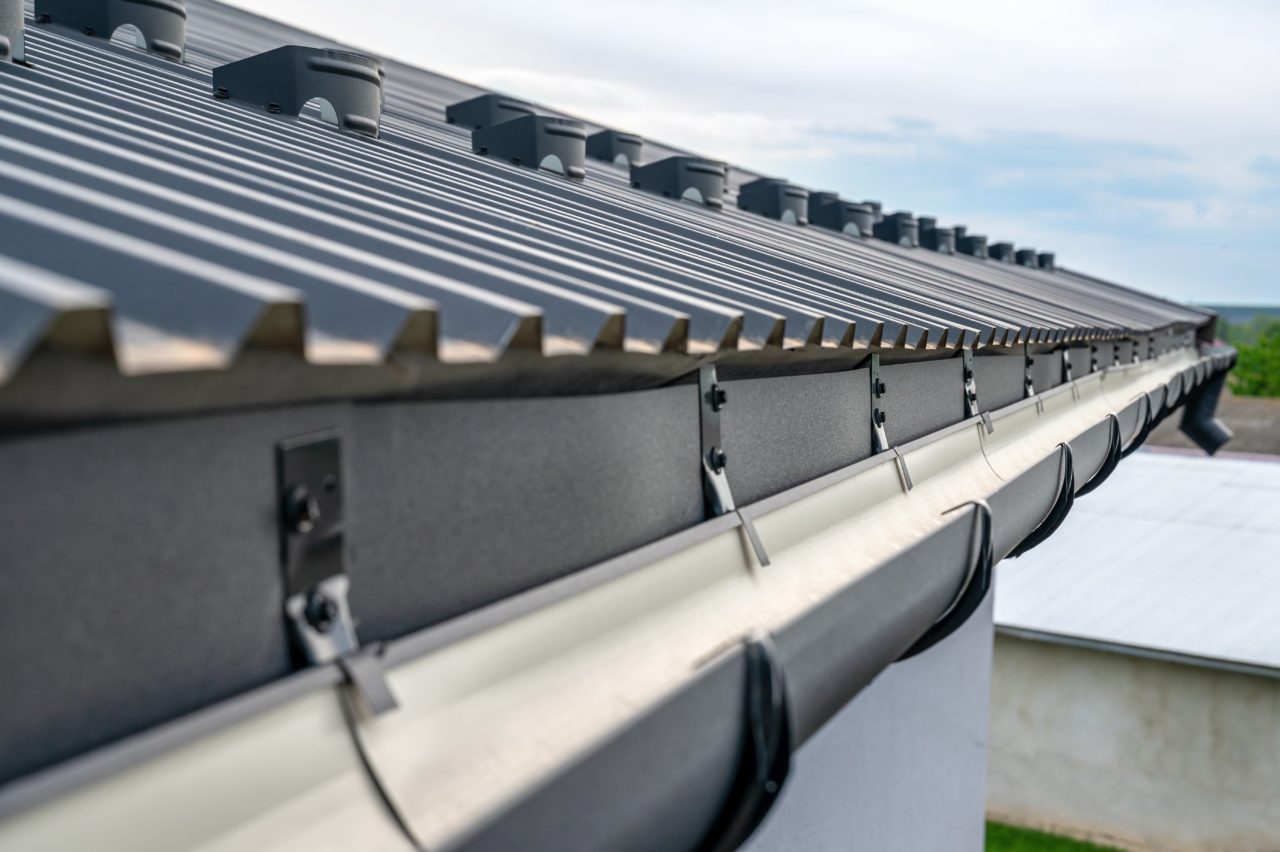
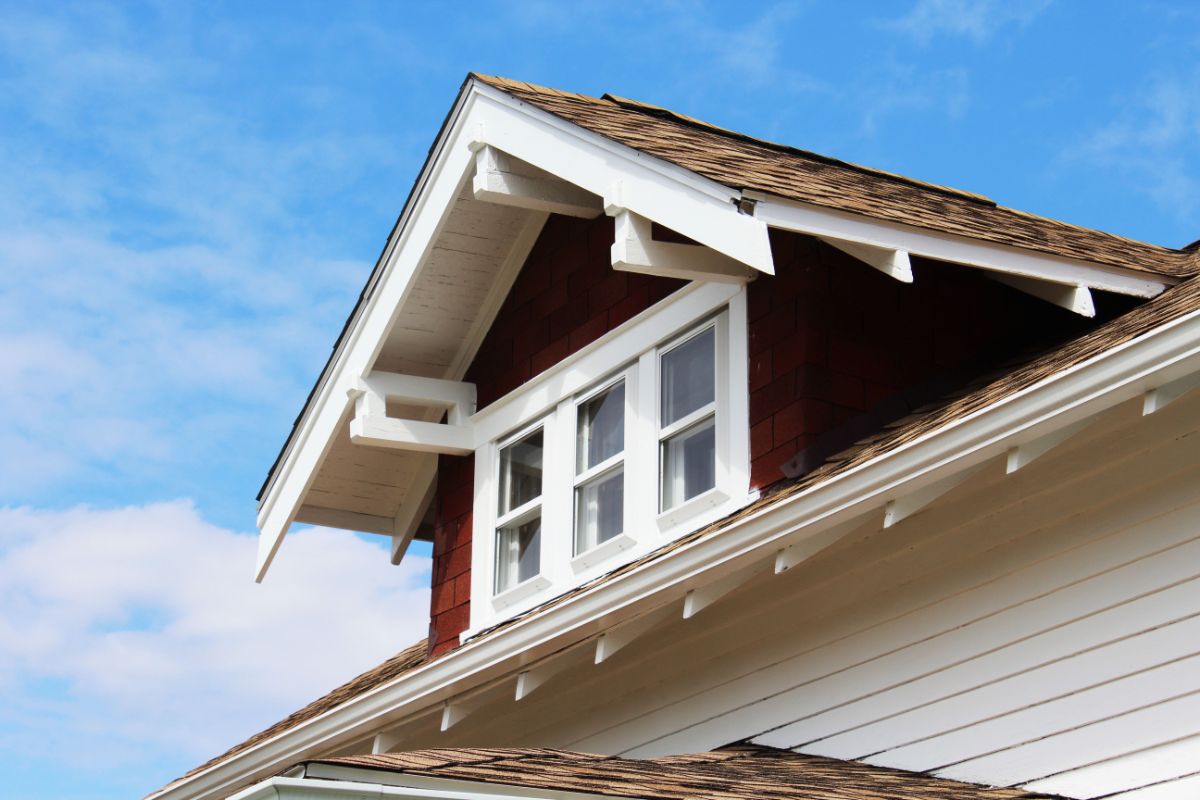

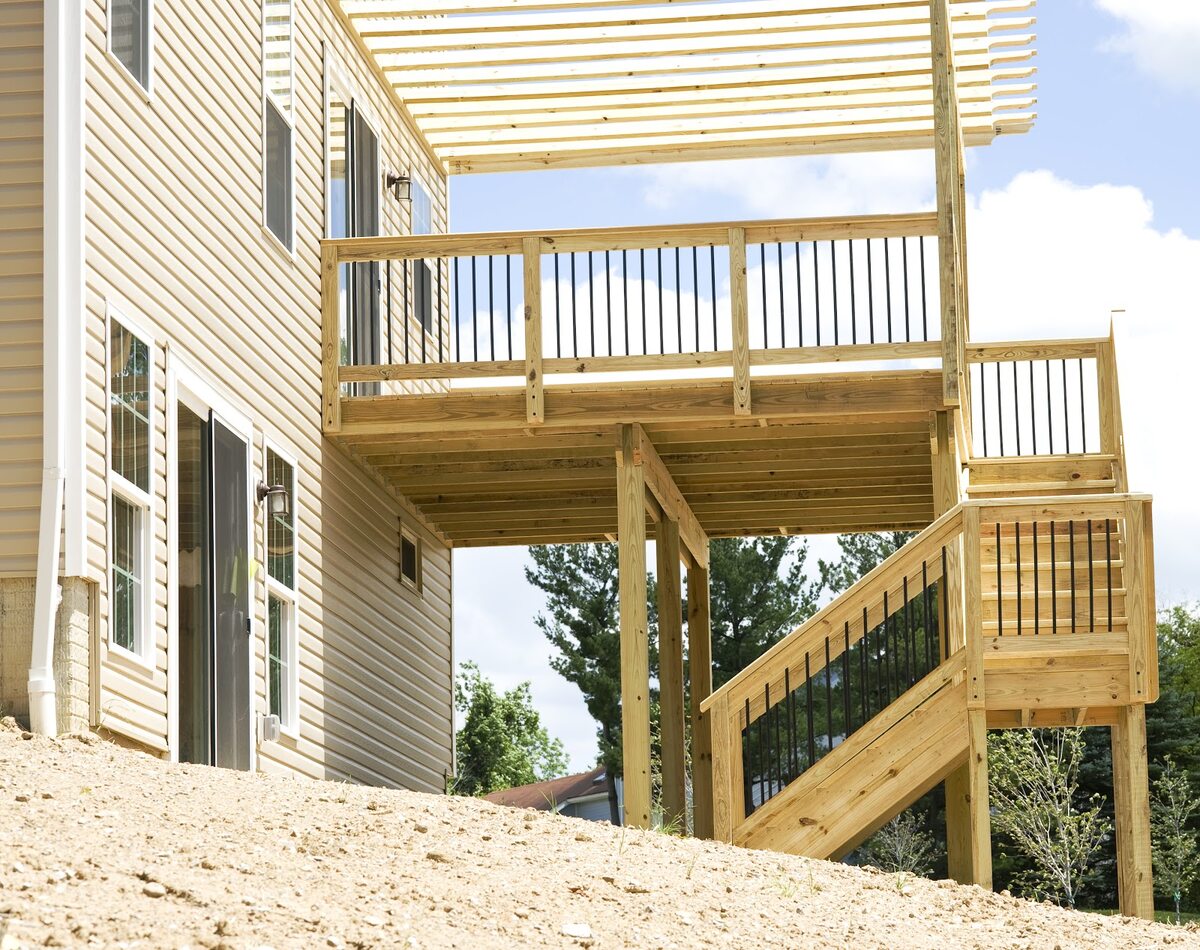
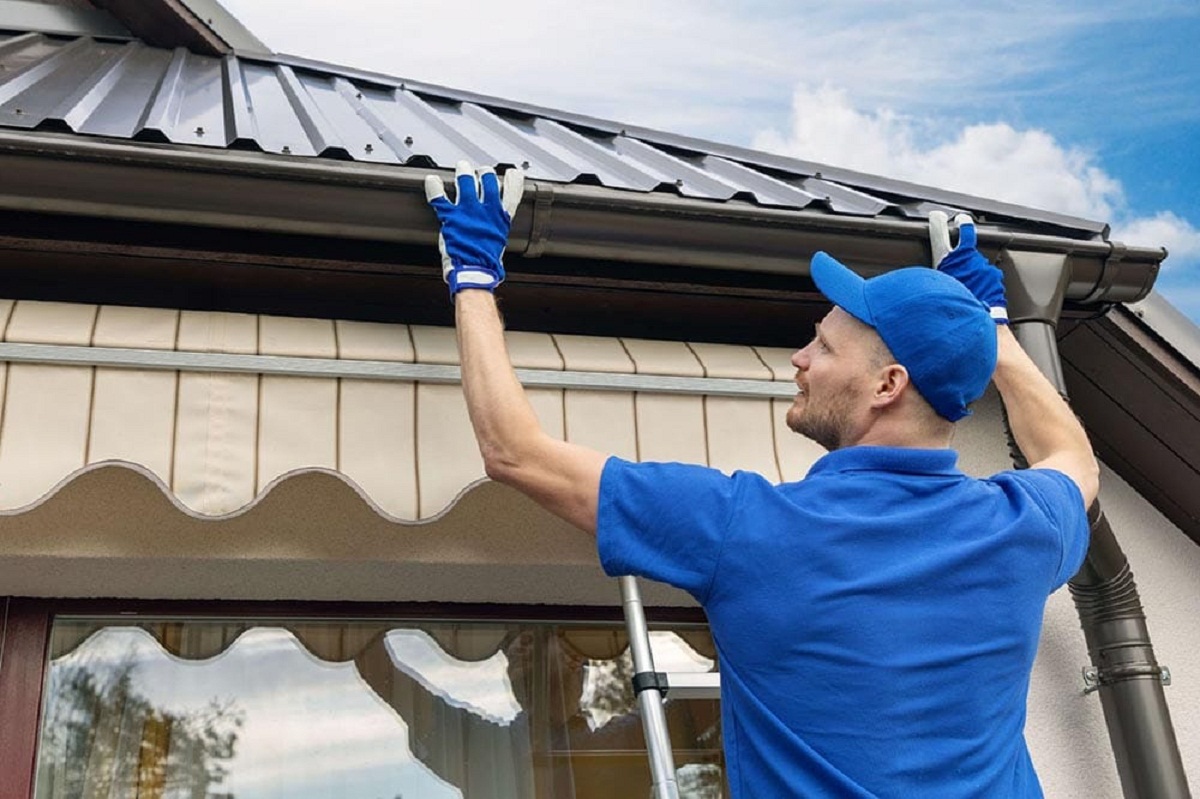
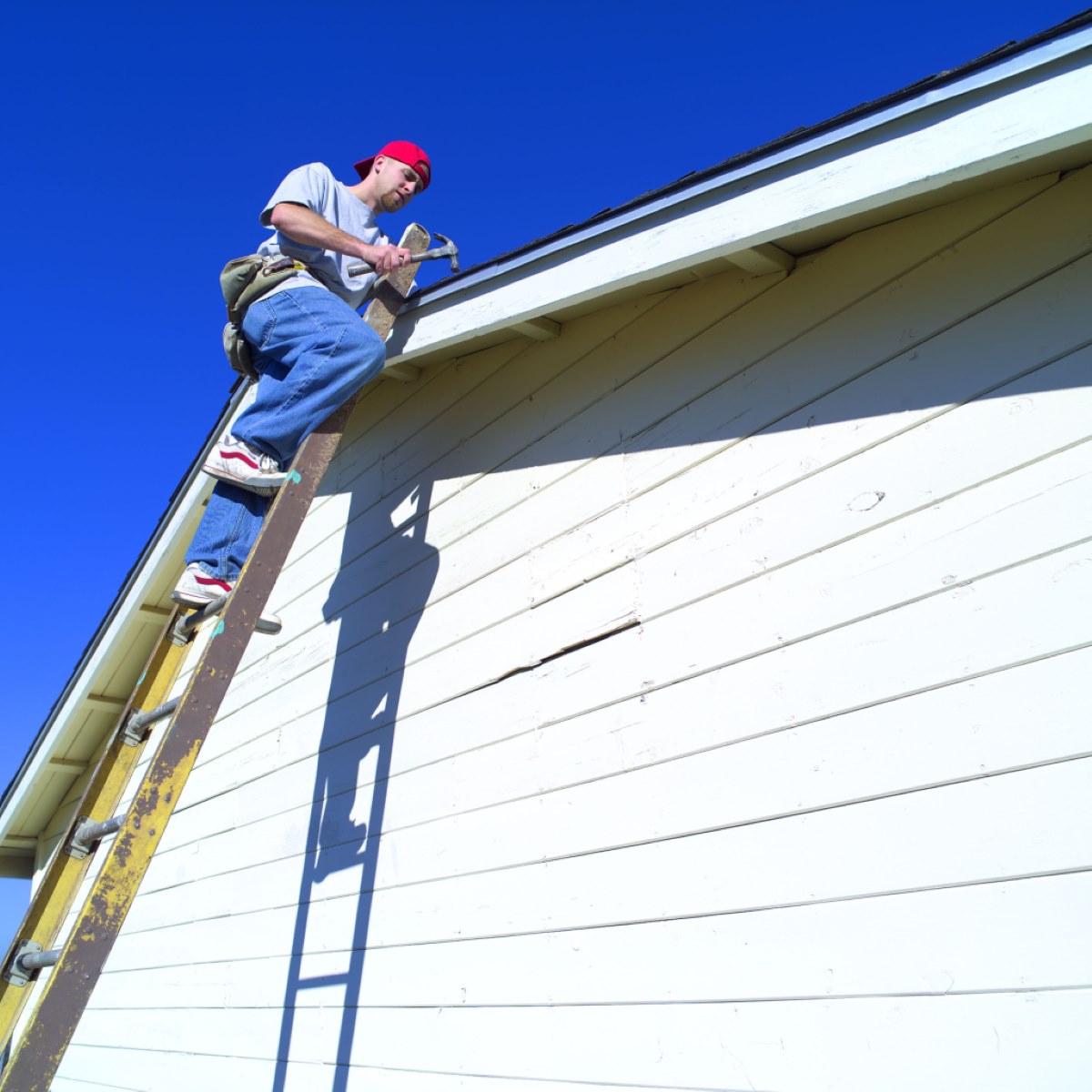


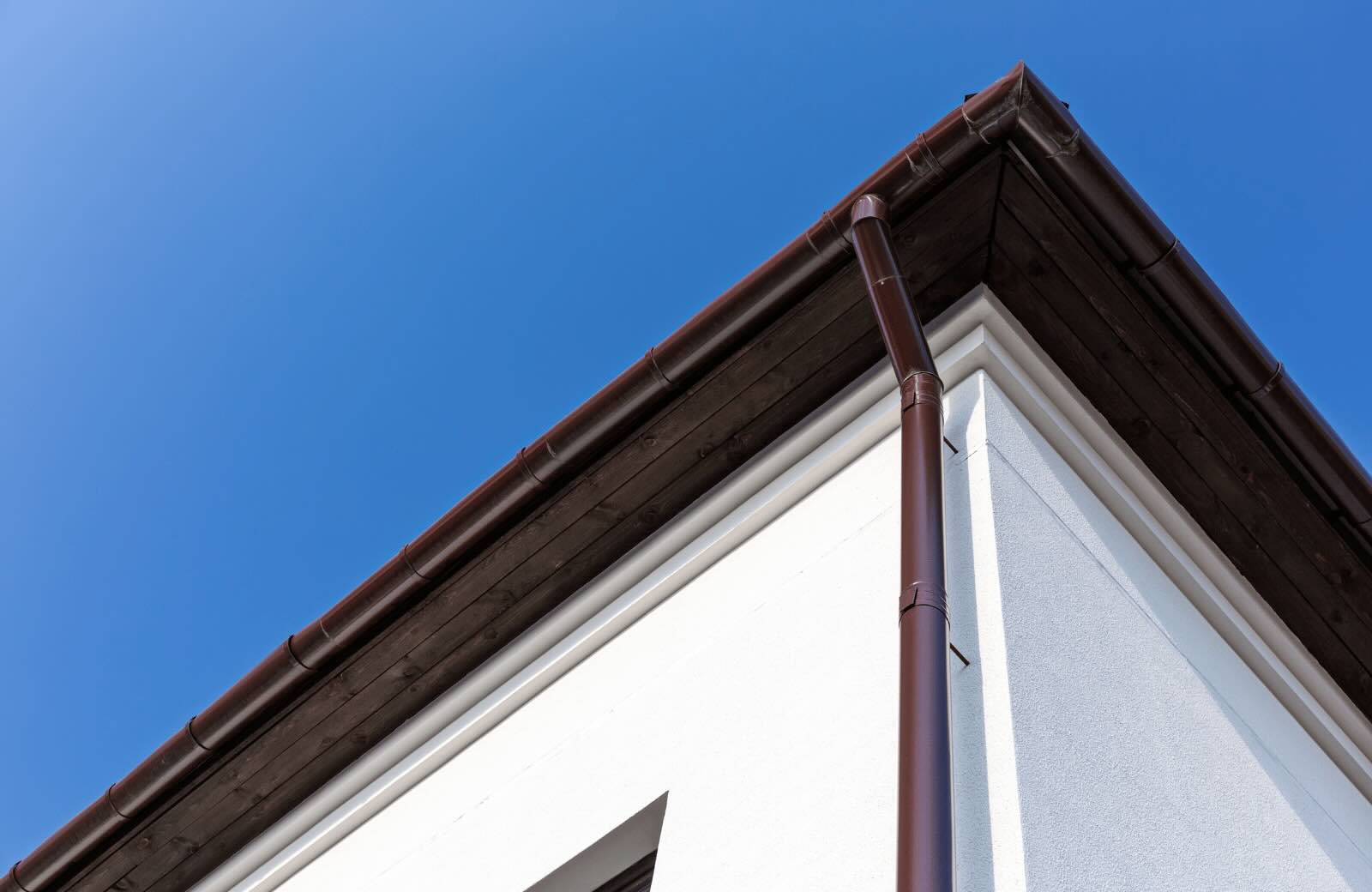
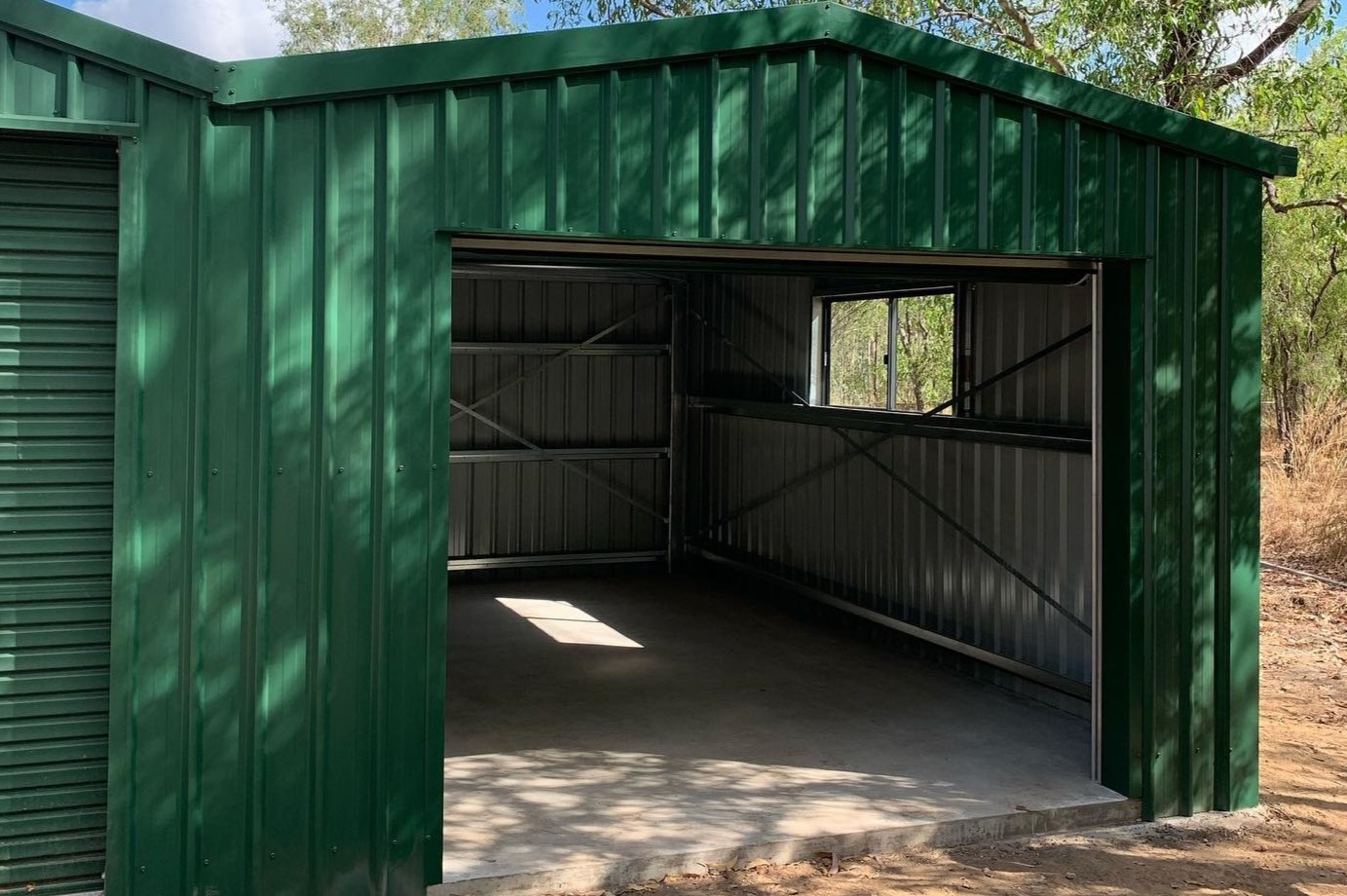
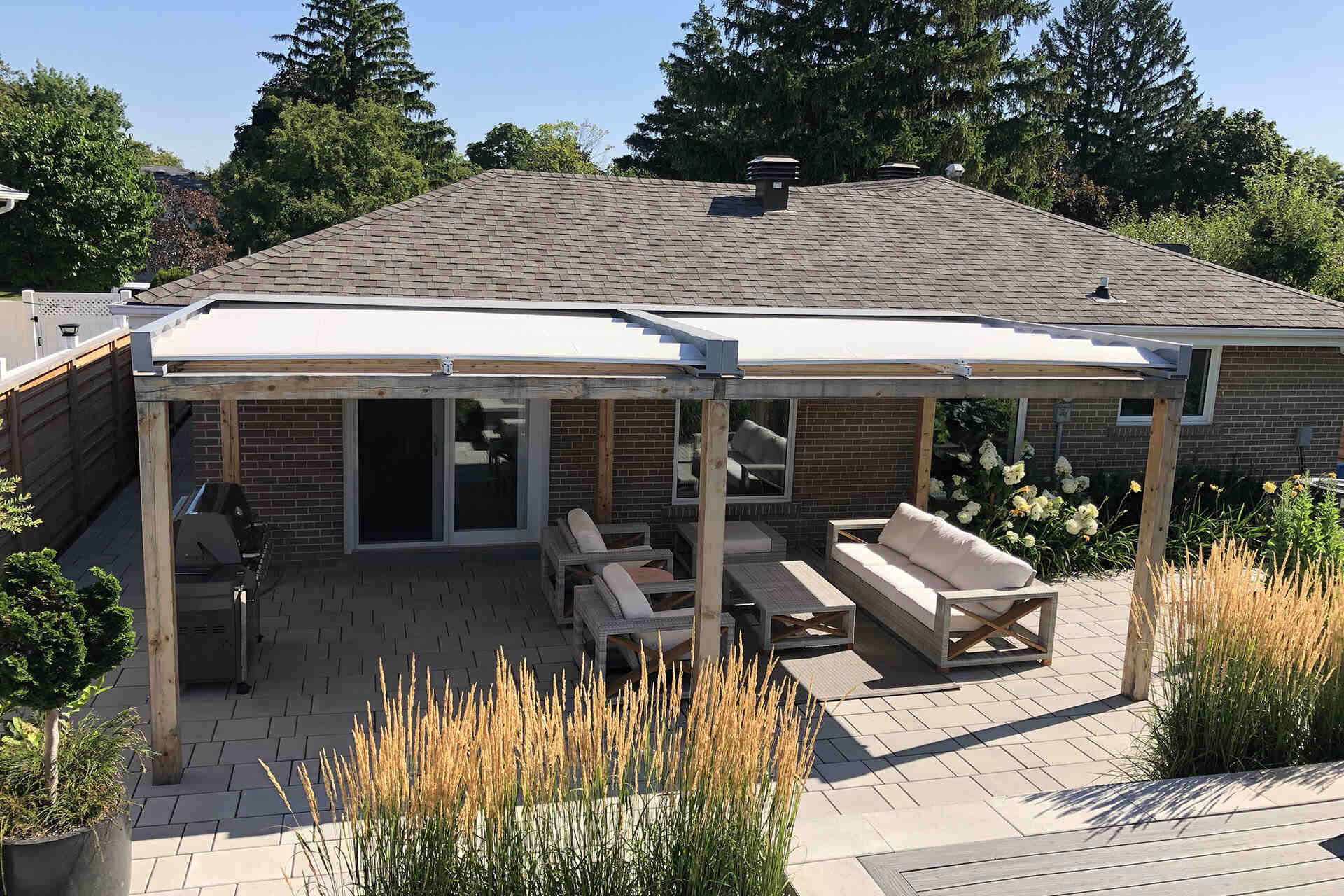

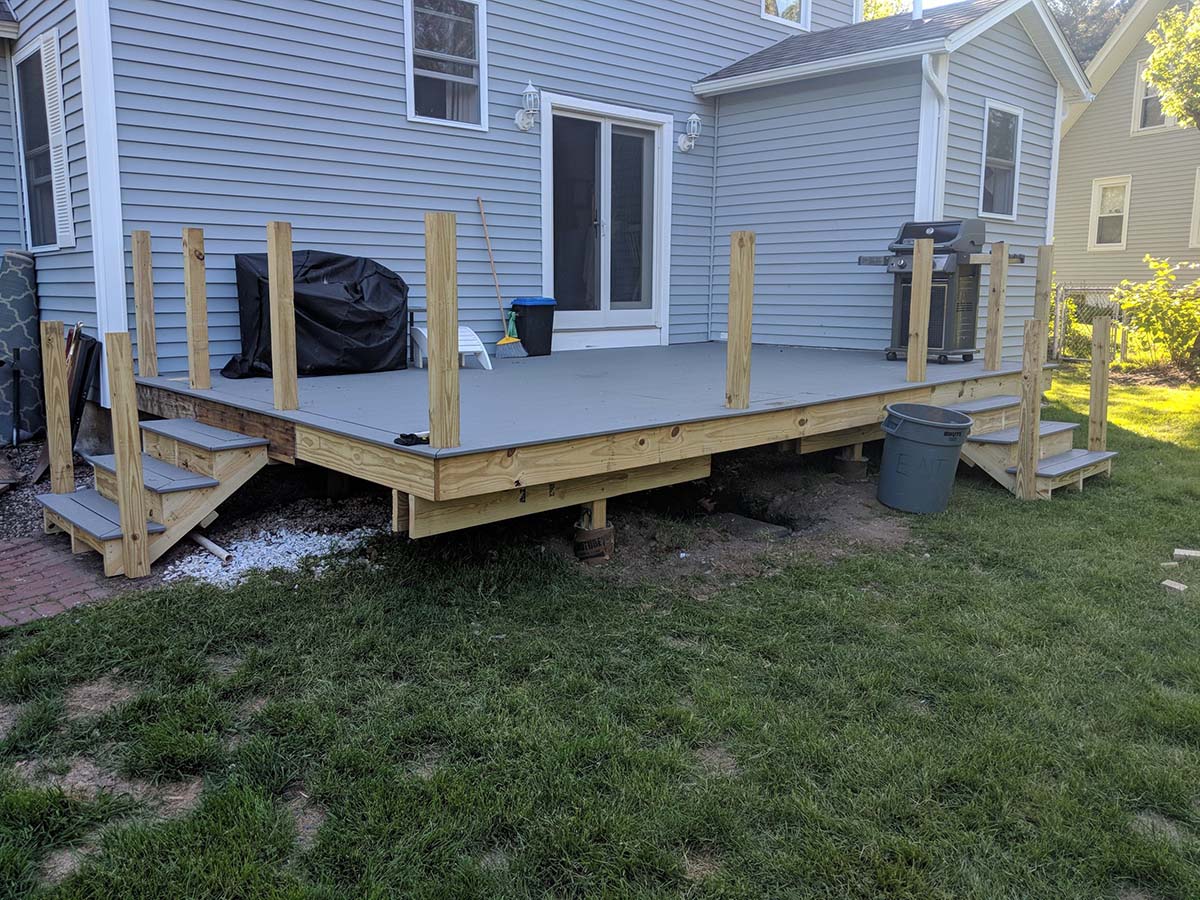

0 thoughts on “How To Extend A Roof Overhang”